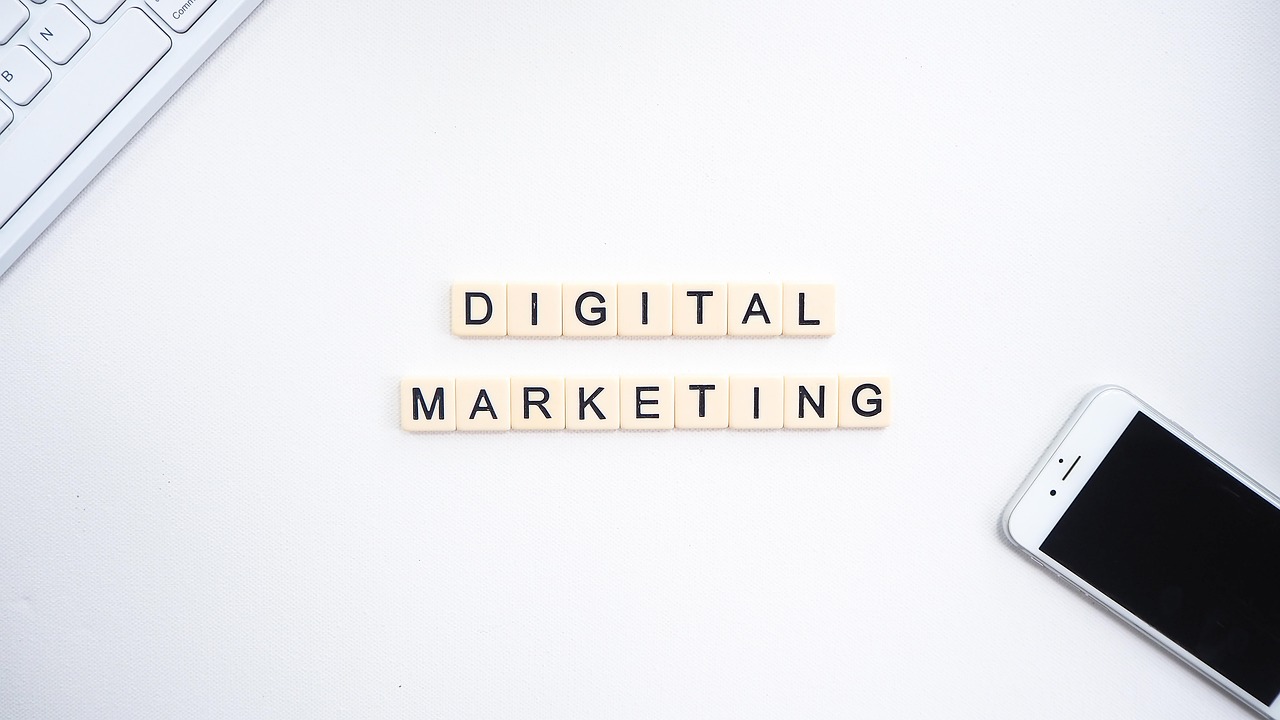AI influencer marketing is rapidly changing the landscape of how brands connect with their target audiences. While human influencers still hold significant sway, the rise of artificially intelligent virtual influencers is introducing new possibilities and challenges for marketers. This blog post delves into the world of AI influencers, exploring their advantages, potential pitfalls, and how brands can leverage them effectively.
What are AI Influencers?
Defining AI Influencers
AI influencers, also known as virtual influencers or digital avatars, are computer-generated characters designed to resemble real people and possess the personality, characteristics, and lifestyle that resonate with specific target demographics. Unlike human influencers, AI influencers are entirely digital creations, managed and controlled by developers or brands.
- They exist solely in the digital realm.
- They have consistent personas and messaging.
- They can be active 24/7 without requiring rest.
- They are generally cost-effective compared to celebrity endorsements.
Examples of Popular AI Influencers
Several AI influencers have already garnered considerable attention and followers on social media platforms like Instagram and TikTok. Here are a few prominent examples:
- Lil Miquela: Arguably the most well-known AI influencer, Lil Miquela boasts millions of followers. She collaborates with high-end fashion brands, advocates for social causes, and even releases her own music. Miquela is a prime example of how AI influencers can be seamlessly integrated into mainstream culture.
- Shudu Gram: Created by Cameron-James Wilson, Shudu is a digital supermodel known for her stunning visuals and collaborations with fashion and beauty brands. Her photorealistic design blurs the lines between reality and virtuality.
- Noonoouri: This mini-sized AI influencer is a digital fashion icon who partners with luxury brands like Dior and Valentino. Her distinct appearance and playful personality appeal to a younger audience.
The Benefits of AI Influencer Marketing
Cost-Effectiveness and Control
One of the most significant advantages of using AI influencers is the cost-effectiveness compared to traditional celebrity endorsements or even established human influencers. Brands have complete control over the AI influencer’s image, messaging, and availability, eliminating the risks associated with human error or PR crises.
- Reduced Costs: No salaries, travel expenses, or personal staff required.
- Brand Alignment: Complete control over messaging and brand representation.
- Scheduled Content: Content can be planned and executed with precision.
Consistent Brand Messaging
AI influencers offer unparalleled consistency in brand messaging. They are programmed to adhere strictly to brand guidelines, ensuring that every piece of content aligns perfectly with the company’s values and marketing strategy. This consistency strengthens brand identity and builds trust with consumers.
- Guaranteed Compliance: AI influencers strictly adhere to brand guidelines.
- Consistent Persona: No risk of off-brand behavior or controversial statements.
- Targeted Communication: Messaging can be tailored to specific audience segments.
Reaching Niche Audiences
AI influencers can be designed to appeal to highly specific niche audiences. Their appearance, interests, and personality can be tailored to resonate with particular demographics, psychographics, or subcultures. This allows brands to target their marketing efforts with greater precision and achieve higher engagement rates.
- Customizable Persona: Tailor the AI influencer’s appearance and interests to match target audiences.
- Niche Content Creation: Create content that specifically caters to the interests of niche communities.
- Increased Engagement: Generate higher engagement rates by targeting the right audience.
The Potential Pitfalls and Ethical Considerations
Authenticity and Trust
One of the primary concerns surrounding AI influencers is the issue of authenticity. Consumers are increasingly skeptical of digital creations, and brands must be transparent about the use of AI influencers to avoid alienating their audience. Building trust requires careful management and a clear disclosure policy.
- Transparency is Key: Disclose the use of AI to build trust with the audience.
- Focus on Value: Provide engaging and informative content that resonates with consumers.
- Avoid Misleading Claims: Do not present AI influencers as “real people” to avoid deception.
Lack of Emotional Intelligence
While AI influencers can mimic human behavior and generate realistic responses, they lack genuine emotional intelligence. They cannot truly understand or empathize with human emotions, which can limit their ability to connect with audiences on a deeper level. Brands must be mindful of this limitation and avoid using AI influencers in situations that require genuine emotional connection.
- Emotional Limitations: AI influencers lack genuine empathy and emotional understanding.
- Careful Content Planning: Avoid using AI influencers in sensitive or emotionally charged contexts.
- Human Oversight: Ensure human oversight to address potential missteps or insensitive content.
Unintended Consequences
The use of AI influencers can have unintended consequences, particularly in terms of representation and diversity. If AI influencers are designed without careful consideration of cultural sensitivities and societal norms, they can perpetuate stereotypes or promote unrealistic beauty standards. Brands have a responsibility to ensure that their AI influencers are inclusive and representative of diverse communities.
- Diversity and Inclusion: Ensure that AI influencers reflect diverse backgrounds and perspectives.
- Avoid Stereotypes: Be mindful of potential biases and stereotypes when designing AI influencers.
- Promote Positive Values: Use AI influencers to promote positive values and social responsibility.
How to Effectively Use AI Influencers
Defining Objectives and Target Audience
Before launching an AI influencer campaign, brands must clearly define their objectives and identify their target audience. What are they trying to achieve with the campaign? Who are they trying to reach? Understanding these factors will help brands create an AI influencer that resonates with their target demographic and aligns with their marketing goals.
- Set Clear Goals: Define specific, measurable, achievable, relevant, and time-bound (SMART) goals.
- Identify Target Audience: Understand the demographics, psychographics, and behaviors of the target audience.
- Align with Brand Values: Ensure that the AI influencer’s persona aligns with the brand’s core values.
Creating Compelling Content
The success of an AI influencer campaign depends on the quality and relevance of the content. Brands must create compelling content that is engaging, informative, and visually appealing. This content should be tailored to the interests of the target audience and delivered in a way that feels authentic and natural.
- High-Quality Visuals: Use high-resolution images and videos to create visually appealing content.
- Engaging Storytelling: Craft compelling stories that capture the audience’s attention.
- Interactive Content: Incorporate interactive elements like polls, quizzes, and Q&A sessions.
Monitoring and Evaluation
It’s important to monitor the performance of AI influencer campaigns and evaluate their effectiveness. Track key metrics such as engagement rates, reach, and conversions. Use this data to optimize the campaign and make necessary adjustments. Continuously refine the AI influencer’s persona and content strategy to maximize results.
- Track Key Metrics: Monitor engagement rates, reach, impressions, and conversions.
- Analyze Performance Data: Identify trends and patterns to optimize the campaign.
- Iterate and Improve: Continuously refine the AI influencer’s persona and content strategy based on performance data.
The Future of AI Influencer Marketing
Enhanced Personalization
The future of AI influencer marketing will likely see even greater levels of personalization. AI technology will enable brands to create hyper-personalized AI influencers that cater to individual preferences and needs. This will lead to more engaging and relevant experiences for consumers.
Integration with Emerging Technologies
AI influencers are expected to become increasingly integrated with emerging technologies such as augmented reality (AR) and virtual reality (VR). This will create new opportunities for brands to engage with consumers in immersive and interactive ways. Imagine interacting with an AI influencer in a virtual showroom or trying on clothes using AR technology powered by an AI fashion advisor.
Increased Sophistication
As AI technology continues to advance, AI influencers will become even more sophisticated and lifelike. They will be able to generate more realistic responses, engage in more complex conversations, and exhibit more nuanced emotional expressions. This will further blur the lines between reality and virtuality and create new challenges and opportunities for marketers.
Conclusion
AI influencer marketing is a rapidly evolving field with the potential to transform the way brands connect with their target audiences. While there are potential pitfalls and ethical considerations to be mindful of, the benefits of using AI influencers, such as cost-effectiveness, consistent brand messaging, and the ability to reach niche audiences, are undeniable. By carefully planning and executing AI influencer campaigns, brands can achieve significant marketing results and build stronger relationships with their customers. Embracing transparency, focusing on value, and continuously monitoring performance are crucial for navigating the exciting, yet complex, world of AI influencer marketing.




